Your Guide to Using Corn Flour in Latino Cooking
- March 2023
- By Isabelle Banin
- Recipe from Everywhere Latino
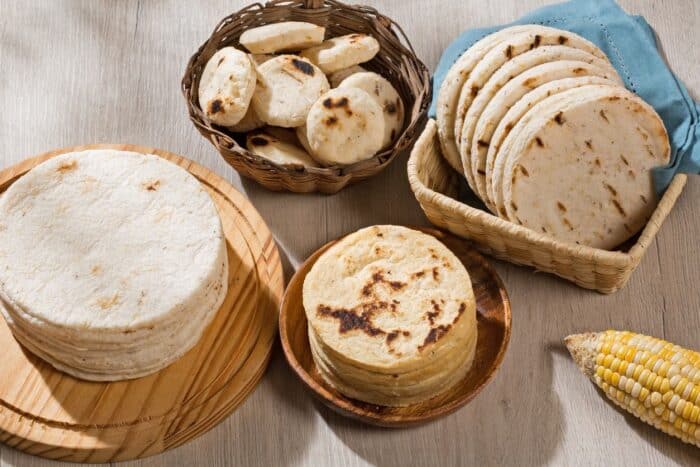
If you’re making tortillas, tamales, sopes, arepas, pupusas, or any other of Latin America’s delicioso masa-based dishes, corn flour is your main ingredient. But which kind of ground maiz is the right one to use when? Because your choice of corn flour does matter. Cornmeal is not the same as precooked corn flour, which is very different than masa harina, for starters.
In this Familia Kitchen Guide to Corn Flour, we look at the preparations, grinds, colors and uses of a range of corn flours to help you use the right kind in your favorite Latino recipes for the most authentic — and delicioso!, of course — results.
The First Latino Food: Corn
The primary food associated with our earliest Latino ancestors, corn was domesticated in present-day Mexico around 7,000 years ago. This grain (corn is considered a grain when it’s dried, a vegetable when it’s fresh) evolved from a type of wild grass called teonsinte. The ancient proto-corn was tiny, about 2 to 3 inches long, and each “ear” only had about eight kernels, on average.
Early Mesoamericans figured out how to grind these kernels with a stone tool called a metate to make a thin pancake-like food they called tlaxcalli. When the Spaniards showed up in the 1500s, they renamed it tortilla, using the diminutive form of the word “torta,” which means cake.
Today, corn remains a daily essential on the Latin American table. Let’s look at the most popular types of corn flour found in dishes and recipes across the Latino food map.
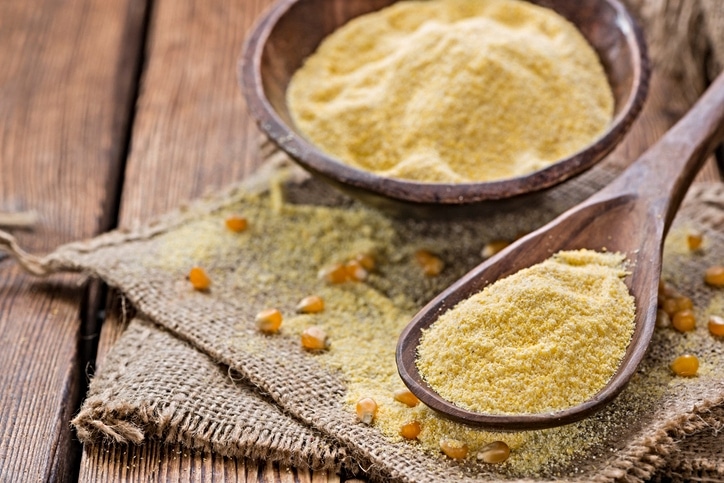
What Is Cornmeal?
Dried field corn that is ground into coarse flour is called cornmeal. This is the type of flour used to make cornbread and corn muffins. When yellow cornmeal is boiled, it is called polenta, a popular ingredient in Italian cooking. When white cornmeal is boiled, it is called grits, a staple in Southern U.S. cuisine.
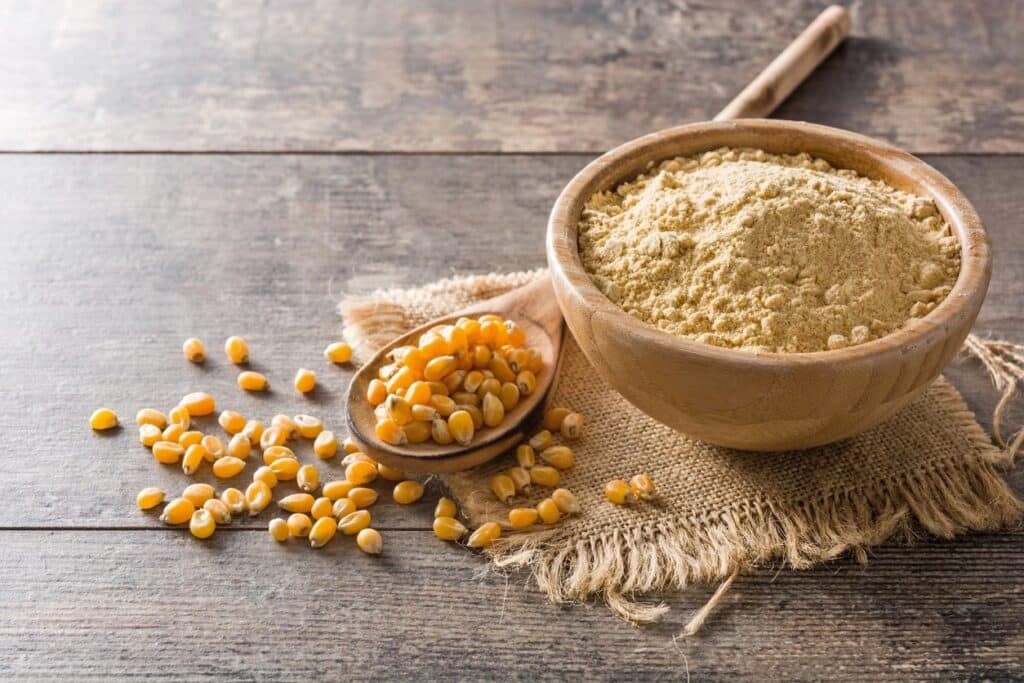
What Is Corn Flour?
Dried field corn that is ground to its smallest size and finest, powdery consistency is called corn flour. This is the type of corn flour that is put through the process of nixtamalization (more on this below) to make masa harina — from which we get the two big Ts in Mexican food: tortillas and tamales.

What Is Masa Harina?
The most popular corn flour in Mexican cooking is masa harina. This flour is made from dried and finely ground field corn that has gone through a process called nixtamalization. This was discovered by the Mesoamericans, who figured out an ingenious way to treat corn kernels chemically in an alkaline solution, using lye or calcium hydroxide. How did they get the lye? From the ashes of wood fires or the dust particles of limestone rocks, which they used to cook and scrape the corn cobs. The ancients were the first to realize that nixtamalization helps our bodies absorb the essential niacin (vitamin B3) naturally found in corn. It’s also a way of preserving maize to keep the corn from sprouting when stored. The term comes from two Aztec Nahuatl words: nextli for “lime ashes” and tamalli for “unformed/cooked corn dough,” from which we get: tamal.
Here’s how nixtamalization works: Corn is boiled in water with calcium hydroxide. This softens its tough, fibrous exterior hull for easy removal. The kernels then swell to double their size. Next, the “giant corn” is rinsed to remove the alkaline, as well as the kernels’ outer hull and inner germ, which is the reproductive part of the corn plant. What remains is called hominy. It can be used whole — these are the chubby kernels you see in Mexico’s famous pozoles — or ground into the fine flour we call masa harina.
Masa harina, of course, is the main ingredient for making tortillas, tamales, gorditas, sopes and so many of our favorite Mexican foods. For centuries, Indigenous women in Mexico spent a large portion of each day preparing masa harina by hand. Luckily, today we can pick up a bag of it at just about any grocery store. Preparing it is as simple as adding warm water (about 1½ cups for 2 cups of masa), and in a few minutes the masa is ready to knead and shape.
Cornmeal and corn flour are not the same thing as masa harina because they have not been nixtamalized. They taste differently, are less pliable, and bottom line: can’t be used to make tortillas.

What’s the Difference in Masa Harina for Tortillas vs. Tamales?
Masa harina comes in two types: for tortilla and for tamales. It’s the same exact product. The only variation is the size of the grind. Tortillas masa is finely pulverized, while tamales masa is coarser and more dense.
If you want to go the extra milla, you can nixtamalize your own corn at home using commercially available calcium hydroxide. You can buy this white-powder chemical at your local Latino market. It is usually labeled: cal, pickling lime or slaked lime. Adrian Ruddock, one of Familia Kitchen’s homecooks of Mexican heritage, tells us she finds it meditative to make and grind her own masa harina, a practice she picked up during COVID. How long she cooks the corn, how much cal she uses, and how she rinses and agitates the cooked kernels have a direct correlation on the taste of her tortillas, she reports.
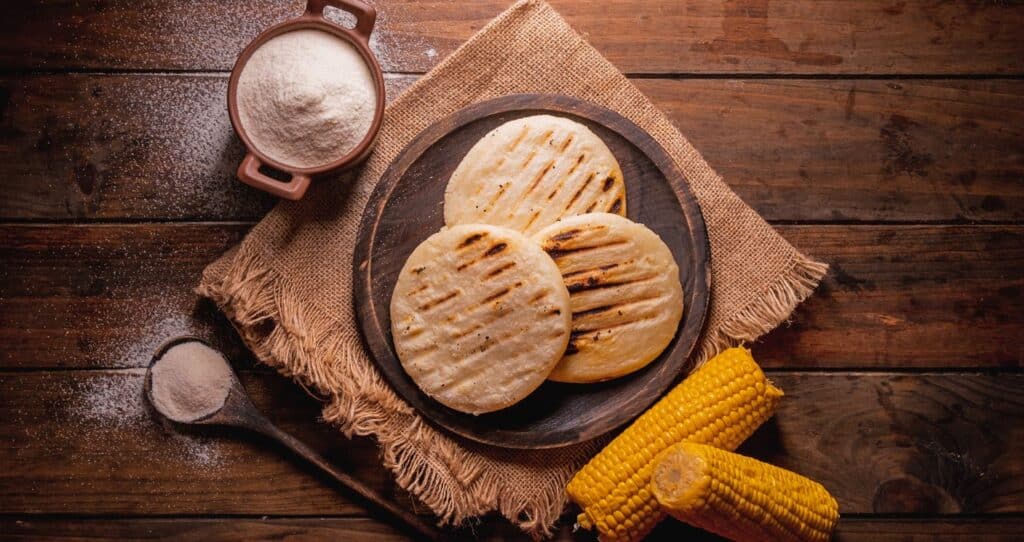
What Is Precooked Cornmeal?
Field corn that is dried, cooked (but not nixtamalized) and finely ground is called precooked cornmeal. Precooked cornmeal also absorbs water better than regular cornmeal, making it perfect for chewy-on-the-inside, crispy-on-the outside arepas.
When precooked cornmeal has been dehydrated it is called masa arepa. A popular brand selling this arepa flour is P.A.N., found in the Latino aisle of your grocery store. P.A.N. comes in two colors: yellow and white. The acronym stands for Producto Alimenticio Nacional, which means: National Food Product, since this precooked cornmeal was specially created in the 1950s for Venezuelan mass consumption and is still an identity-affirming ingredient for Venezuelans.
Pro tip: Definitely do not swap masa arepa for masa harina, since precooked cornmeal is not nixtamalized. It will taste and cook differently. As in, not what you want if you use it for tortillas.

What Is the Difference Between White and Yellow Corn Flour?
This corn flour question is simple: White corn flour is made from white corn kernels, and yellow corn flour is made from (yep, you guessed it) yellow corn kernels.
Is there a taste difference? Yes, a subtle one, say experts. White cornmeal tastes lighter and sweeter. Yellow cornmeal is slightly heartier and more strongly signals: corn.
In most recipes, you can use whichever color version you have on hand, though Panamanian tortillas traditionally use yellow precooked cornmeal and are the color of popcorn, while Venezuelan arepas traditionally use creamy-white cornmeal.
There are also dozens of heirloom corn strains grown throughout Latin America, including varieties that are blue, black and even green. Each of these strains has its own flavor, opening up a whole new level of sabor combinations. More heirloom variety benefits: They help support local Latino farmers, protect the genetic variety of corn, and produce more flavorful food. If you’re interested in learning more (and trying some), check out Masienda.com, which sells heirloom corn and masa harinas from local Latin American farmers and ships nationally.
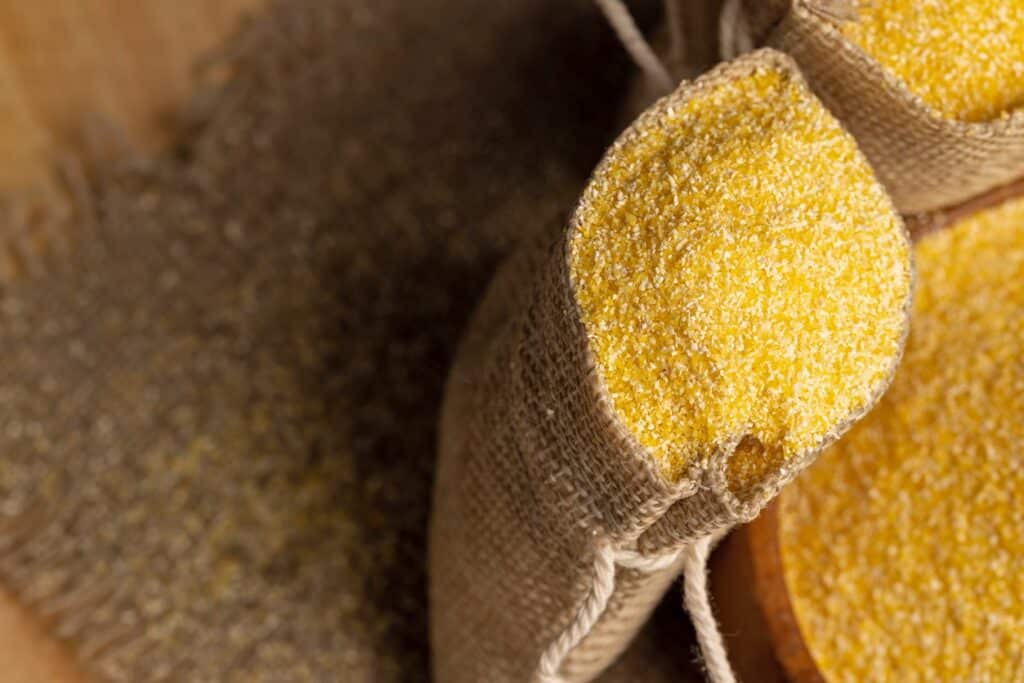
What Is Stone Ground Corn Flour?
Corn flour packages that say “stone ground” or “whole grain” mean the corn is less processed and the entire corn kernel has been used in the ground flour. The default for commercially available cornmeal and corn flour is for the corn’s skin and germ to be removed, which increases its shelf life. Unfortunately, degermed corn is also less nutritious and may have a weaker flavor.
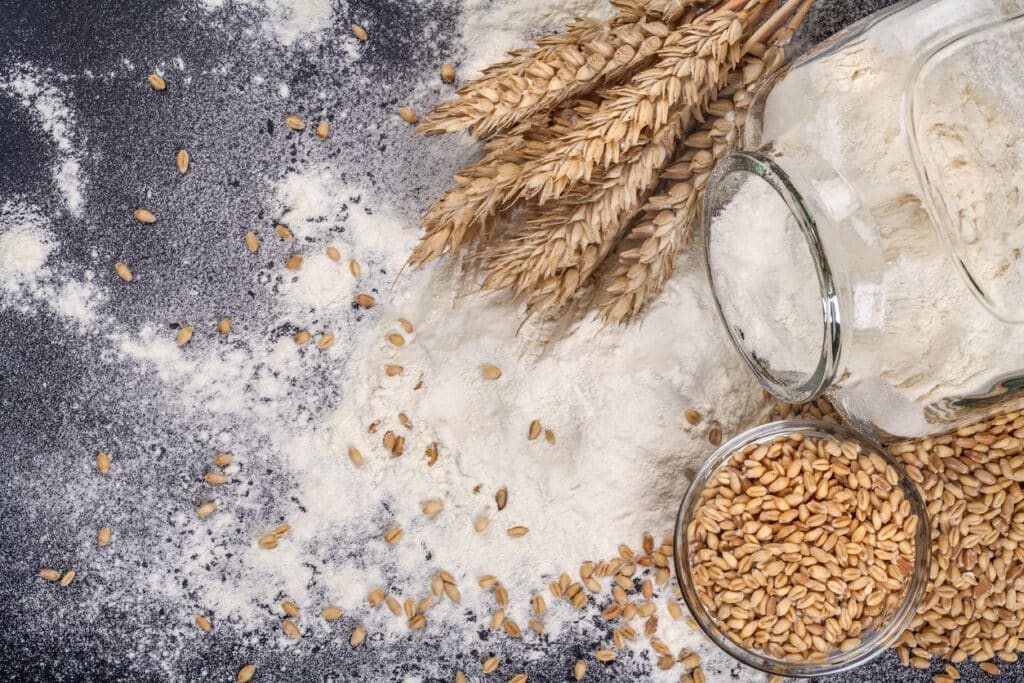
Finally, a Word on Wheat: How Did This Grain Get to Latin America?
Let’s take a corn detour to take a quick look at wheat flour. Wheat — as well as rice — showed up in Latin America about 6,500 years after corn, brought by the Spanish conquistadors in the 1500s. These two grains were incorporated into the local dishes, and their influence endures.
Both corn and wheat flour tortillas are served throughout Mexico today. Northern Mexico especially prizes wheat tortillas, and these Venezuelan arepas Andinas rely on wheat flour’s stretchier dough. As to rice, arroz and beans dominate much of Latino cuisine today and recipes like these Guatemalan tamales, which call for both masa harina and rice flour, count on the latter to add a subtle sweetness.
Ready to Get Cooking & Baking with Corn Flour?
Many of our Familia Kitchen homecooks’ family-famous techniques and dishes use one or more of these popular types of corn flour. Here are some of their favorite traditional Latino recipes to get you started.
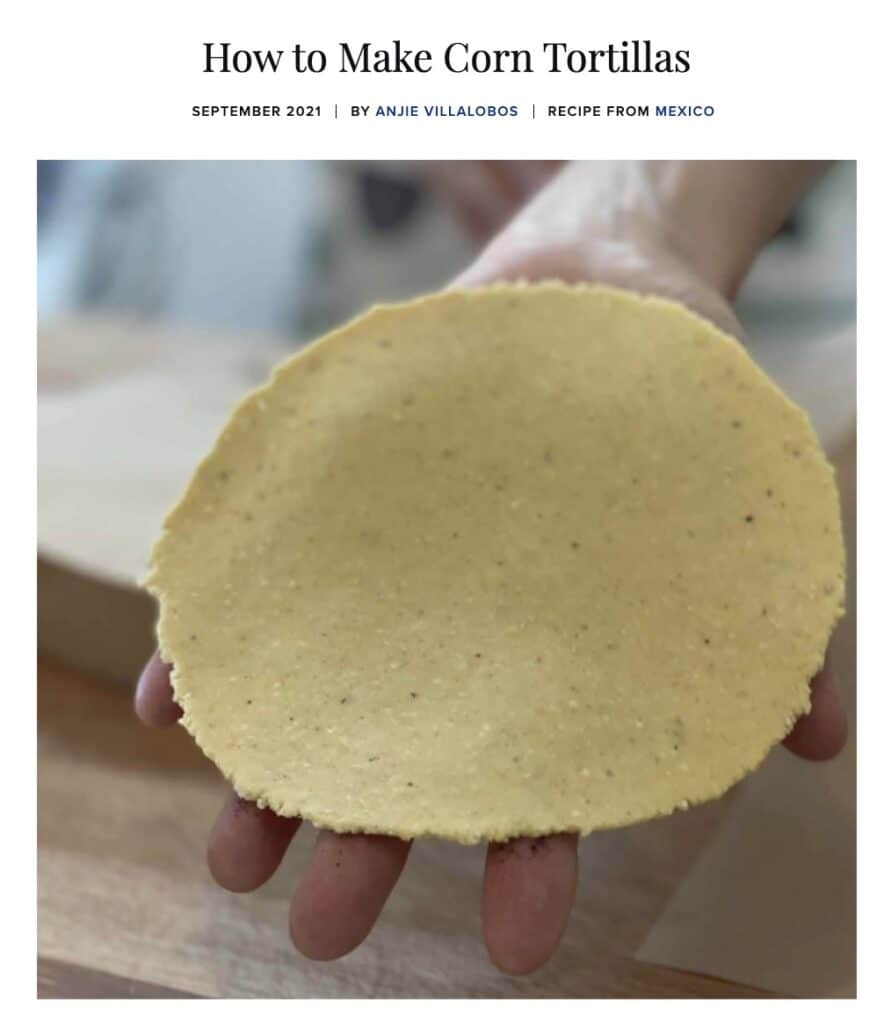
Recipes with Masa Harina
Mexican sopes with carne asada
Tamales from around the Latino world

Recipes with Precooked Cornmeal
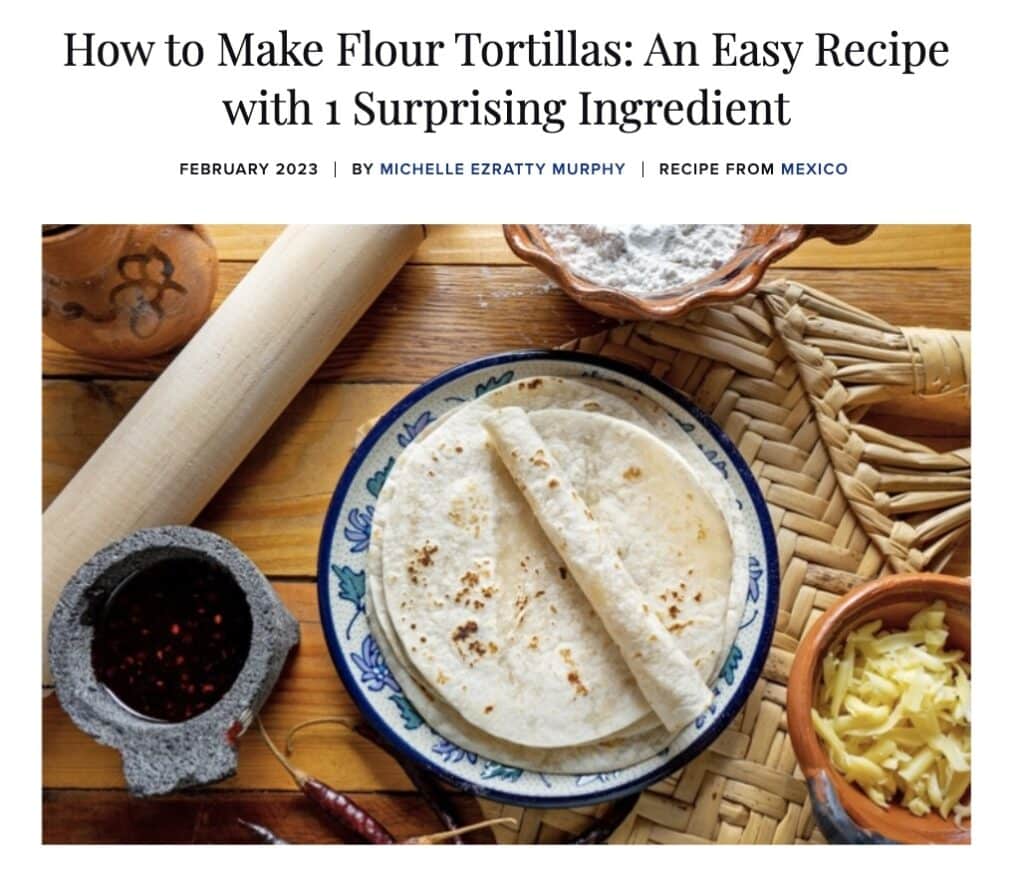
Recipes with Wheat Flour
Find more recipes (or submit your own) at FamiliaKitchen.com!
MoreLike This


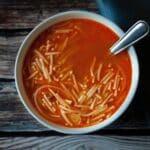
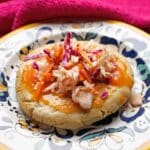
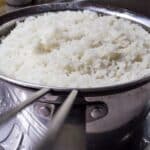
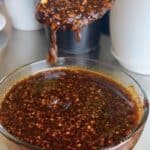
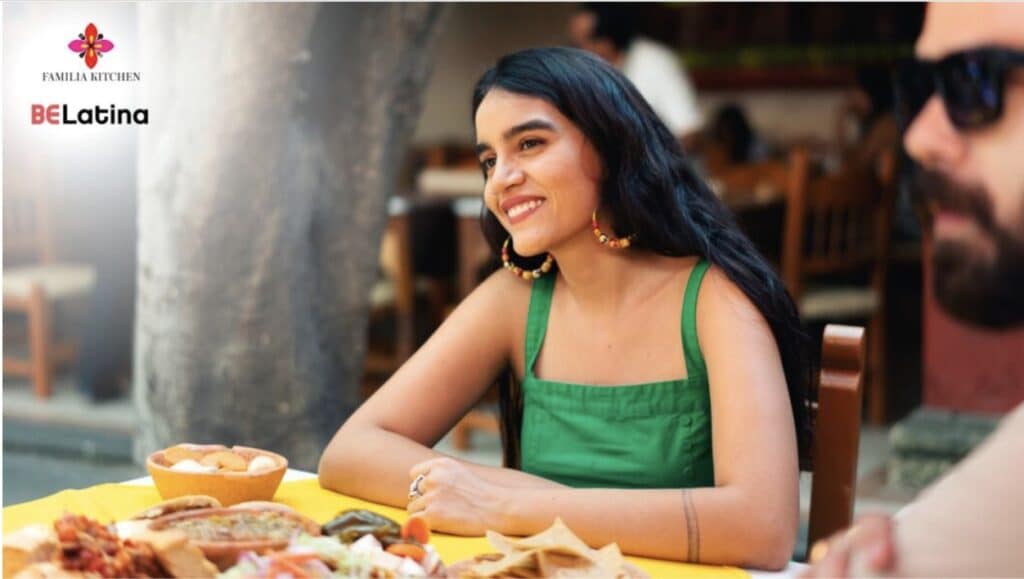
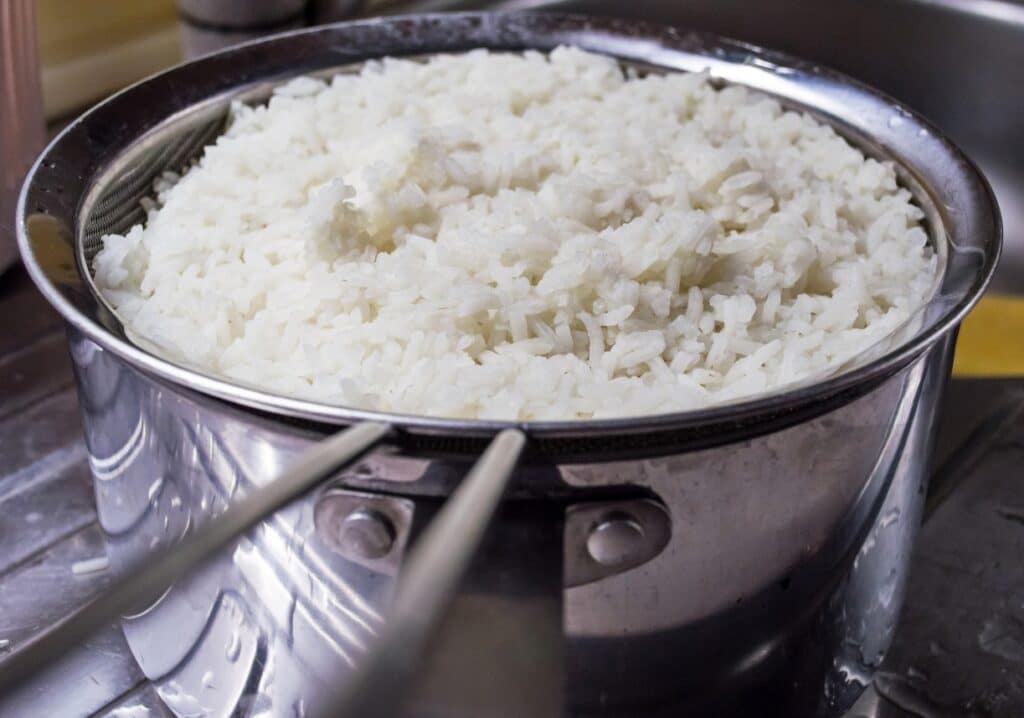

Got a question or suggestion?
Please rate this recipe and leave any tips, substitutions, or Qs you have!